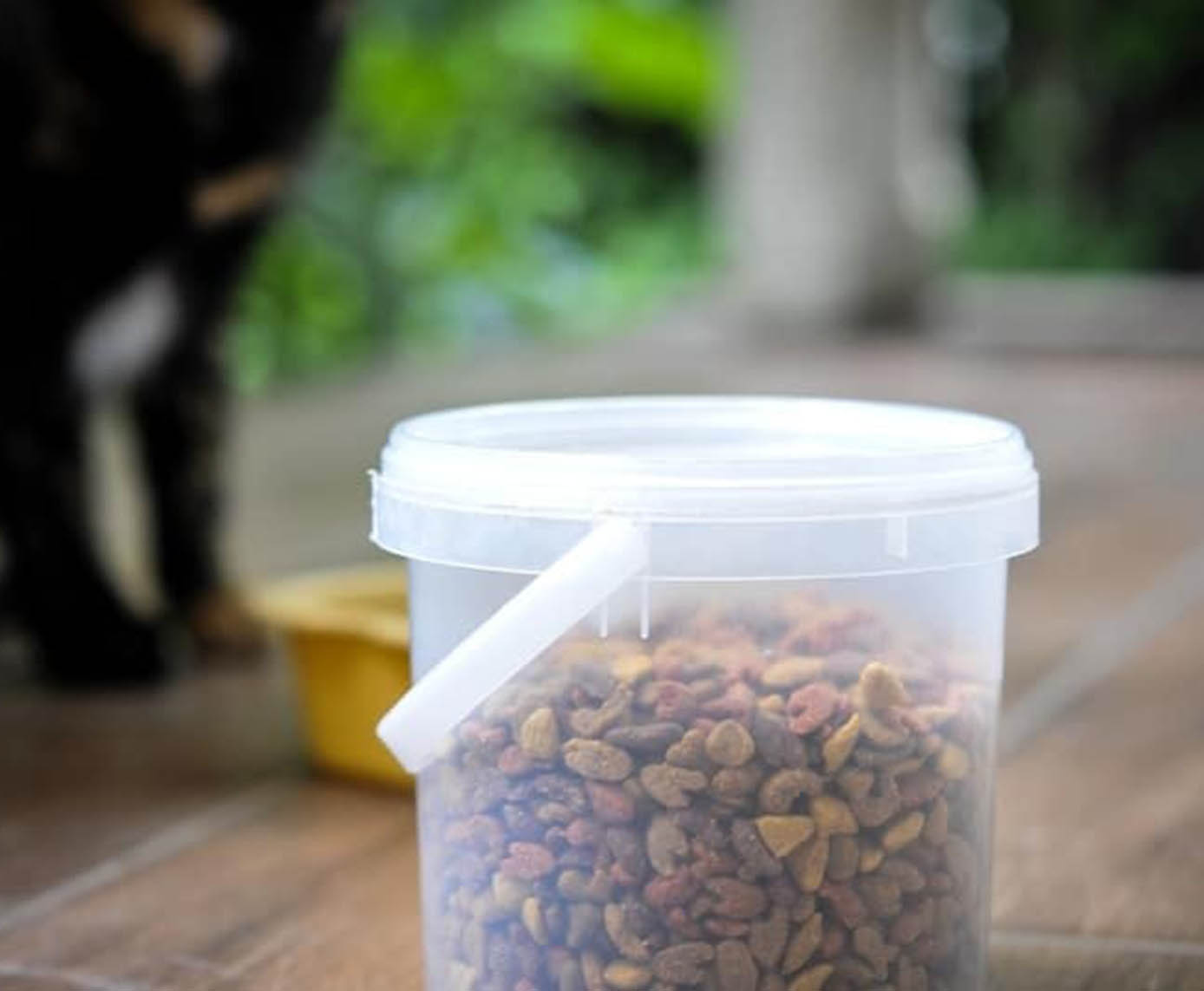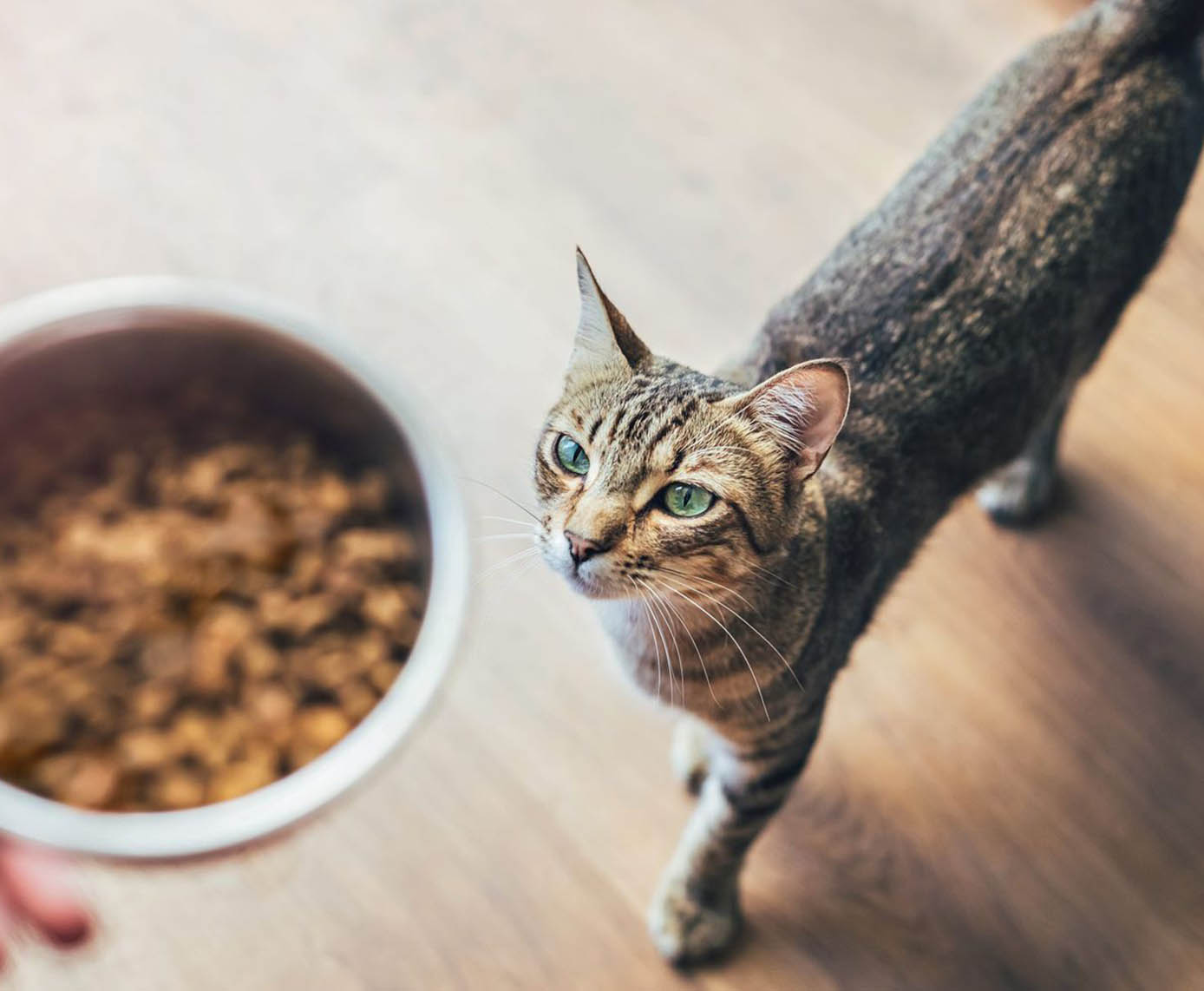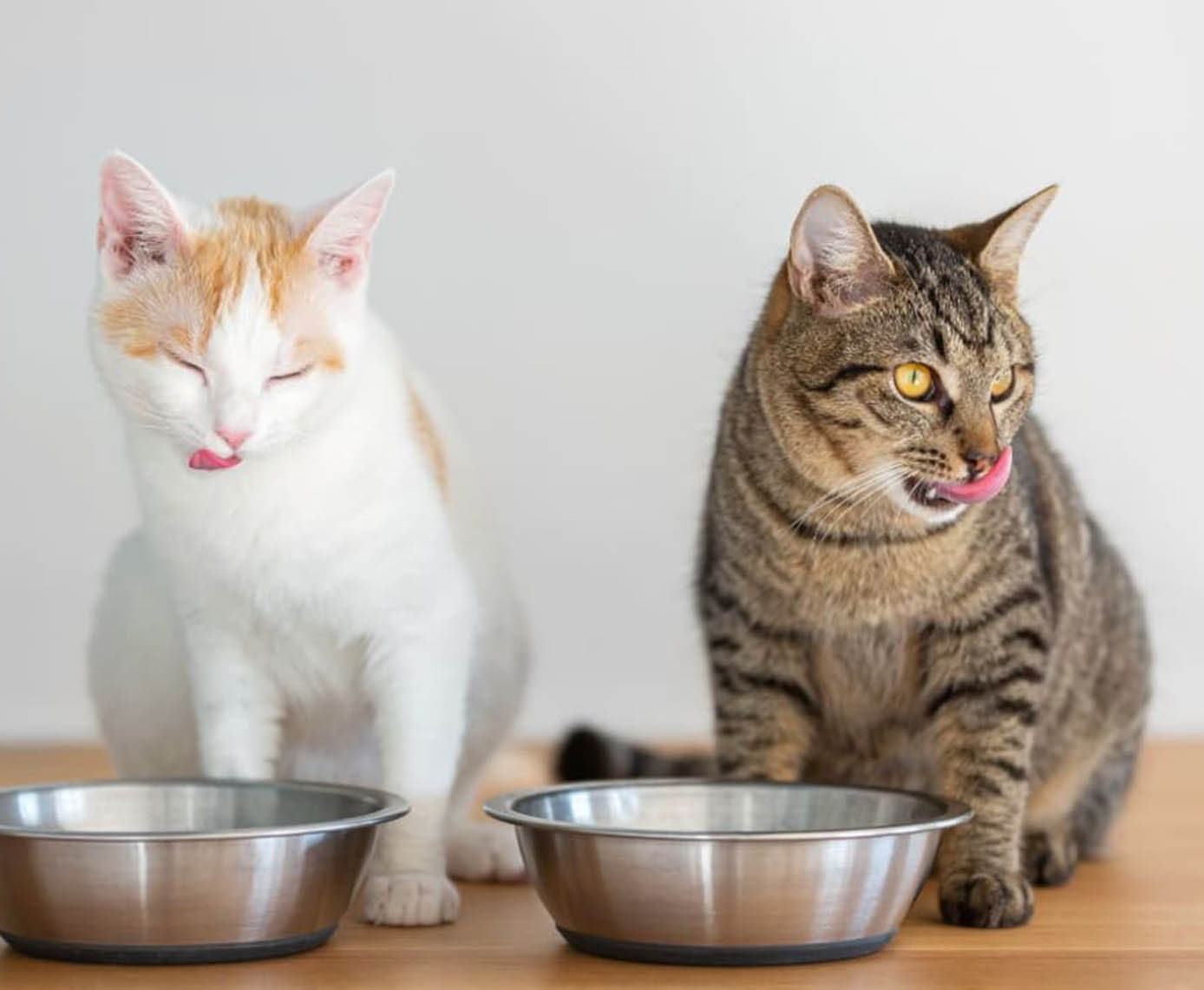Proper storage of cat food is crucial for maintaining its freshness, nutritional value, and safety. Whether you opt for dry kibble, canned food, or a combination of both, understanding how to store cat food correctly helps prevent spoilage, contamination, and loss of nutrients. This comprehensive guide covers the best practices for storing cat food, from choosing the right storage containers to maintaining optimal conditions.
Understanding Cat Food Types
Before diving into storage practices, it’s essential to understand the different types of cat food and their specific storage needs:
1. Dry Cat Food (Kibble)
Dry cat food is the most common and convenient option. It typically comes in bags or bulk containers. While dry food has a longer shelf life compared to wet food, it still requires proper storage to prevent staleness and contamination.
2. Canned Cat Food (Wet Food)
Canned cat food contains higher moisture levels and is often more prone to spoilage once opened. Proper storage of wet food is critical to prevent bacterial growth and maintain freshness.
3. Semi-Moist Cat Food
Semi-moist cat food, which is less common, contains more moisture than dry food but less than canned food. It requires similar storage practices to dry food but may have a shorter shelf life.
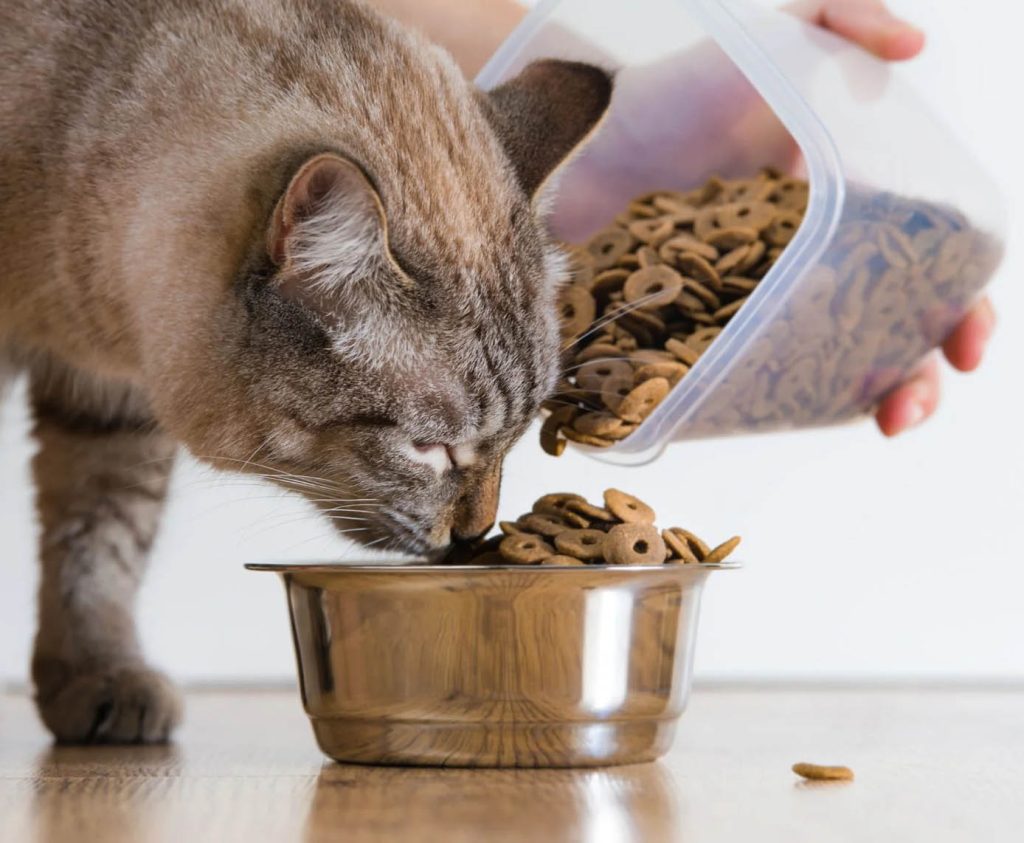
General Guidelines for Storing Cat Food
1. Check Expiration Dates
Always check the expiration dates on cat food packages before purchase and use. Expired food can lose nutritional value and may be unsafe for consumption.
2. Store in a Cool, Dry Place
Cat food should be stored in a cool, dry place away from direct sunlight and heat sources. Excessive heat and moisture can lead to spoilage and loss of nutrients.
3. Seal Properly
Ensuring that cat food is sealed properly helps maintain its freshness. Open packages should be resealed tightly or transferred to airtight containers.
4. Avoid Contamination
Keep cat food away from potential contaminants such as cleaning chemicals, pet waste, and human food. Store it in a dedicated area to minimize cross-contamination.
5. Clean Storage Containers Regularly
If using storage containers, clean them regularly to prevent mold, bacteria, and odors. Wash and dry containers thoroughly before adding new food.
Storing Dry Cat Food (Kibble)
Dry cat food is more resilient but still requires proper handling to maintain its quality:
1. Choose the Right Container
Opt for airtight containers made of plastic, metal, or glass to keep dry food fresh. Containers should be easy to clean and large enough to accommodate the amount of food you purchase.
2. Keep the Original Packaging
If possible, keep the original packaging inside the container. This helps retain the nutritional information and expiration date. Ensure the packaging is dry and intact before transferring it.
3. Avoid Freezing
While it might seem like a good idea to freeze dry cat food to extend its shelf life, this practice is not recommended. Freezing can alter the food’s texture and taste, and may also lead to condensation when thawed, which can affect freshness.
4. Use a Scoop
Always use a clean, dry scoop to handle the food. This prevents contamination and helps maintain the integrity of the food. Avoid using hands or utensils that have come into contact with moisture.
5. Monitor for Signs of Spoilage
Check the food regularly for any signs of spoilage, such as an off smell, discoloration, or mold. If you notice any of these signs, discard the affected food.
Storing Canned Cat Food (Wet Food)
Canned cat food requires more attention due to its higher moisture content:
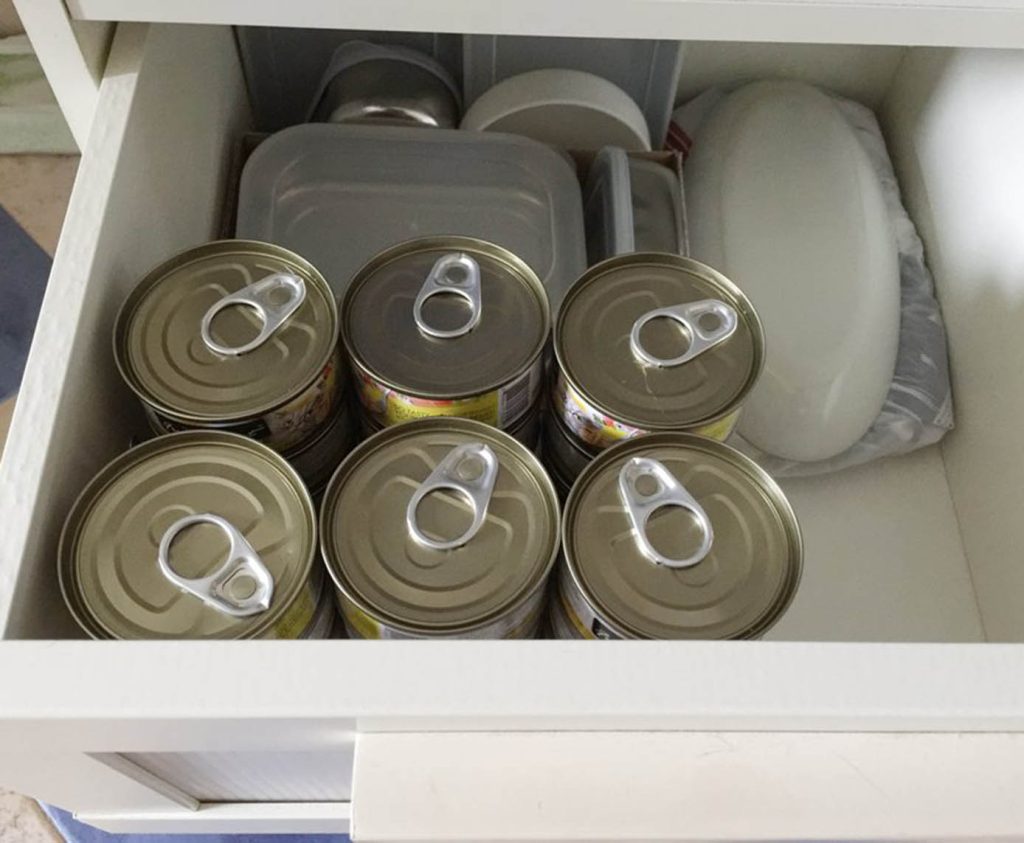
1. Unopened Cans
Unopened cans should be stored in a cool, dry place, such as a pantry or cupboard. Avoid exposing them to extreme temperatures or humidity.
2. Opened Cans
Once opened, canned cat food should be covered and stored in the refrigerator. Use a can lid or plastic wrap to seal the can. Opened cans should be used within 5-7 days for optimal freshness.
3. Transfer to Airtight Containers
For convenience and to prevent odors, you can transfer opened canned food to an airtight container. This is especially useful if you have partial cans that need to be stored.
4. Avoid Mixing Old and New Food
If you’re transitioning between different types or brands of canned food, avoid mixing old and new food in the same can. This can lead to spoilage and affect your cat’s digestion.
5. Dispose of Uneaten Food
Dispose of any uneaten canned food after 5-7 days. Do not leave opened cans out at room temperature for extended periods, as this can promote bacterial growth.
Storing Semi-Moist Cat Food
Semi-moist cat food combines aspects of both dry and wet food:
1. Follow Dry Food Guidelines
Semi-moist cat food should be stored in a cool, dry place similar to dry food. Use airtight containers to keep it fresh.
2. Use Within Recommended Timeframes
Semi-moist foods often have a shorter shelf life than dry foods. Follow the manufacturer’s guidelines for usage and storage to ensure quality.
3. Avoid Overexposure
Keep semi-moist food sealed tightly and avoid exposing it to air for long periods, as this can lead to drying out and loss of flavor.
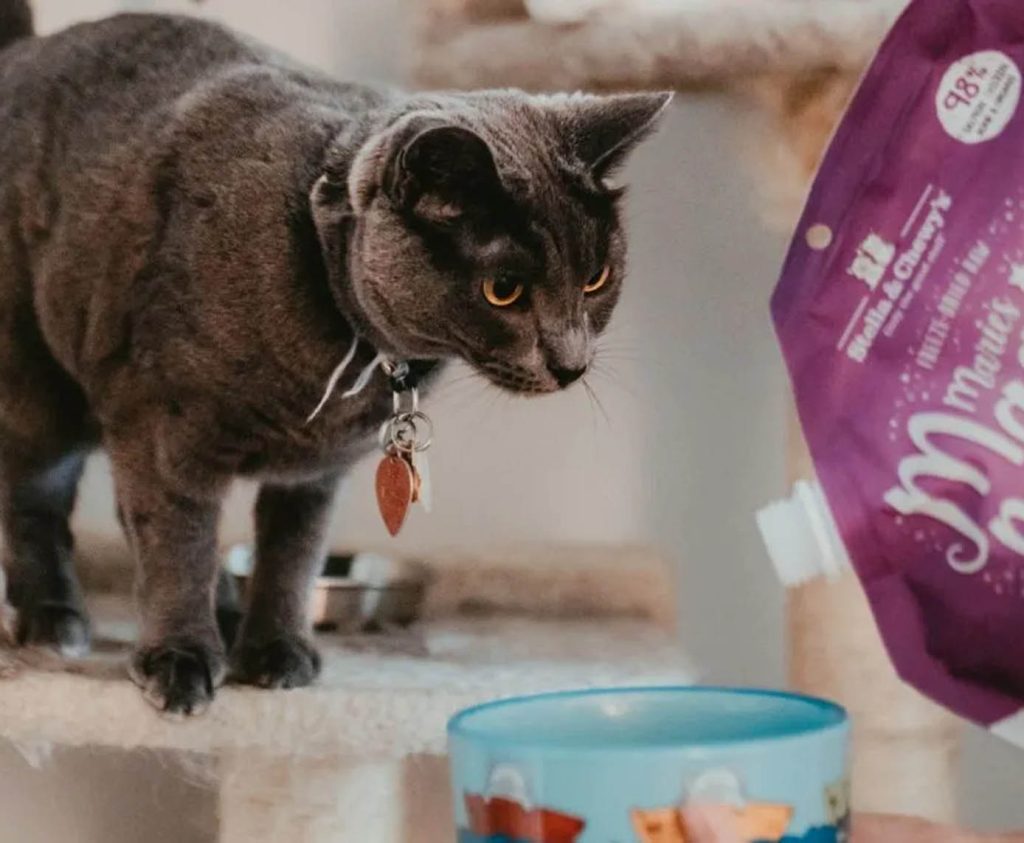
Tips for Preventing Common Storage Issues
1. Monitor Temperature and Humidity
Maintaining a consistent temperature and humidity level in the storage area helps prevent spoilage. Avoid storing food in areas prone to temperature fluctuations or high humidity, such as near heaters or in damp basements.
2. Use Freshness Preservers
Consider using freshness-preserving packets or oxygen absorbers designed for pet food. These can help extend the shelf life of dry food by absorbing excess moisture and oxygen.
3. Label and Date Containers
If you transfer cat food to different containers, label and date them. This helps you keep track of how long the food has been stored and ensures you use older food first.
4. Keep Food Out of Reach
Store cat food in a location that’s out of reach of pets and small children. This helps prevent accidental spills or tampering that could affect the food’s quality.
5. Rotate Stock
Proper storage of cat food is essential for maintaining its freshness, nutritional value, and safety. By following these guidelines, you can ensure that your cat enjoys a healthy and safe diet. From choosing the right containers to maintaining optimal storage conditions, attention to detail will help prevent spoilage and contamination.
Remember to check expiration dates, store food in cool, dry places, and keep it sealed and clean. By managing your cat’s food storage effectively, you contribute to their overall health and well-being, ensuring that they receive the best care possible.
